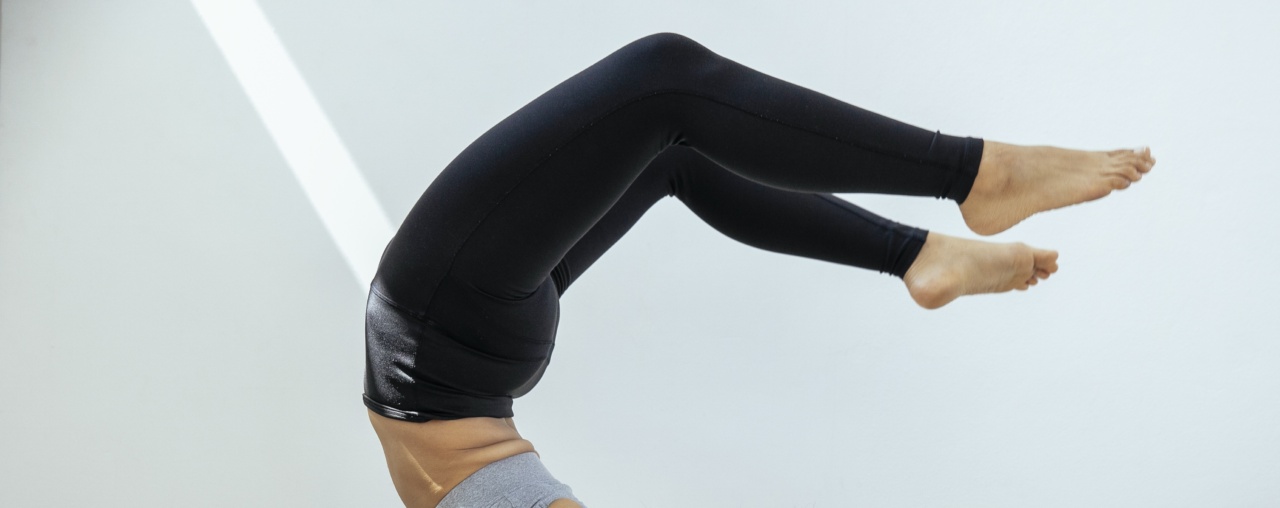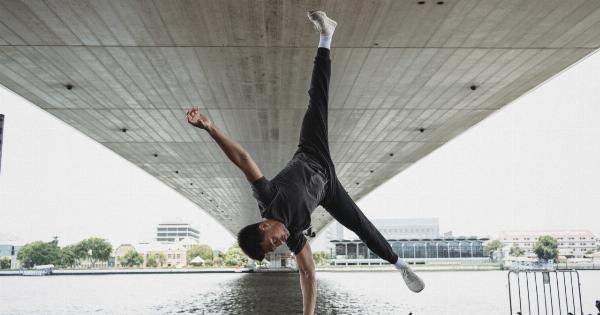Pilates is a form of exercise that focuses on strength, flexibility, and control. Developed by Joseph Pilates in the early 20th century, this practice has gained popularity worldwide due to its numerous health benefits for both the mind and body.
Unlike many other exercise routines, Pilates targets the deep muscles to improve posture, balance, and overall mobility.
The Origins of Pilates
Joseph Pilates, the creator of Pilates, was a German athlete and physical trainer. During World War I, he developed a series of exercises and training techniques to help injured soldiers regain their strength and mobility.
This marked the birth of the Pilates method, which combines elements of yoga, martial arts, gymnastics, and Western exercise.
The Mind-Body Connection in Pilates
One of the key principles of Pilates is the emphasis on the mind-body connection. Unlike traditional workouts that solely focus on physical exertion, Pilates emphasizes the importance of concentration, precision, and control.
Through mindful movements, individuals can develop a heightened sense of body awareness and improve their overall mental well-being.
Improved Core Strength
Pilates is renowned for its ability to strengthen the core muscles. The core refers to the muscles in the abdomen, lower back, and pelvis. These muscles are vital for stabilizing the spine and maintaining proper posture.
By engaging the core in every movement, Pilates helps to build a strong and supportive core, reducing the risk of injuries and enhancing overall physical performance.
Increased Flexibility and Range of Motion
Flexibility is another key component of Pilates. The exercises in Pilates promote elongation of the muscles, improved joint mobility, and increased flexibility.
As a result, participants experience a wider range of motion, making everyday activities easier and reducing muscle stiffness and tension.
Enhanced Posture and Body Alignment
Poor posture is a common issue due to the sedentary lifestyle and prolonged periods of sitting. Pilates helps to correct postural imbalances by strengthening the muscles responsible for maintaining the body’s alignment.
By focusing on alignment and proper muscle engagement, Pilates practitioners can see significant improvements in their posture and overall body alignment.
Lower Risk of Injuries
Unlike high-impact exercises that put stress on the joints, Pilates is a low-impact form of exercise. It can be practiced by people of all fitness levels, including those recovering from injuries.
The controlled and precise movements in Pilates help to strengthen the muscles around the joints, reducing the risk of injuries and promoting better overall joint health.
Stress Relief and Mental Well-Being
Regular Pilates practice offers more than just physical benefits. The mindful and focused nature of Pilates promotes relaxation, reduces stress levels, and improves mental well-being.
The breathing techniques employed in Pilates help individuals to calm their minds, relieve tension, and increase overall mindfulness.
Improved Athletic Performance
Pilates has gained popularity among athletes and sports enthusiasts due to its ability to improve athletic performance.
By strengthening the core, increasing flexibility, and enhancing overall body coordination, Pilates can help athletes optimize their performance and prevent sports-related injuries.
Healthy Pregnancy and Postpartum Recovery
Pilates is a safe and effective exercise option for pregnant women and can help them maintain a healthy pregnancy. It can help strengthen the pelvic floor muscles, improve posture, and alleviate common pregnancy discomforts such as back pain.
Additionally, Pilates can aid in postpartum recovery by rebuilding core strength and enhancing overall body toning.
Accessible for All Fitness Levels and Ages
One of the greatest advantages of Pilates is its accessibility. It can be modified to suit individuals of all fitness levels and ages. Whether you are a beginner or an experienced exerciser, Pilates can be tailored to your specific needs and goals.
The exercises can be performed using specialized equipment or simply with a mat, making it a versatile practice that can be done anywhere.
Conclusion
Pilates is an exceptional exercise method that benefits both the mind and body.
With its emphasis on the mind-body connection, core strength, flexibility, and improved posture, it offers a comprehensive approach to physical fitness and overall well-being. Whether you are a fitness enthusiast, an athlete, a pregnant woman, or someone looking to alleviate stress and improve their mental health, Pilates can be the ultimate exercise to achieve your goals.































